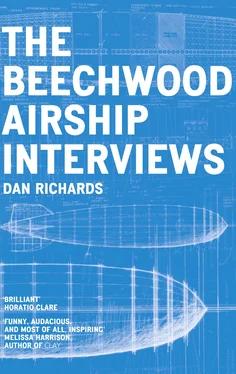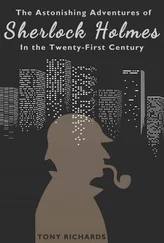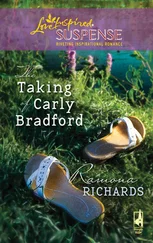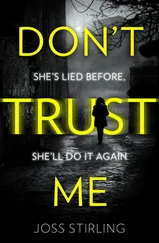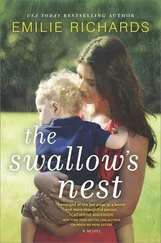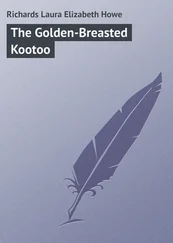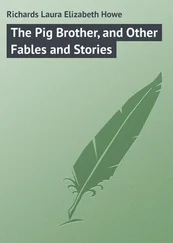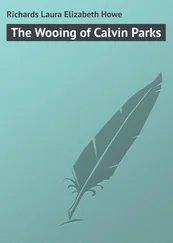‘I started doing it because I thought about it as a sort of human paste; making big pots of liquid flesh. It’s like composing – painting is like playing music, I think; so certain notes I’ve already keyed and I know that, if I shift it, say, “Plus cerulean blue to the left, plus cadmium red deep to the right,” I know that that’s going to move the tone in a certain way and I write that on the edge on the pot and I’ll keep it and I’ll get maybe six or seven pots and then I’ll do a session and I can be much freer with the actual painting because I know they’ll do the job.
If I want real space behind an ear, for example, I’ll work out exactly “more cold red, more ultramarine” so that tone behind the ear will literally shoot back and do what I need it to do.’
You’ve always drawn and painted bodies?
‘Always. I’ve always done that – anybody who would sit for me. My best friend at school was interested in French literature and she would come and read and I would do paintings and drawings and sculptures of her. Instead of revising at home, she would revise on my bed while I was doing drawings; the human figure has always been something I’ve been immediately drawn to.’
Were you always drawn to the viscosity and physicality of these materials too – the oils up here and the charcoal downstairs?
‘Yes. I don’t mix my mediums much. I use linseed oil and genuine turps in the paint and that’s it. I know the strength of the paint I want and language just develops and develops. I look at other artists – I look at a lot more abstract painting than figurative – I look at very old figurative painting by the Old Masters and I look at abstract work from the last century. Abstract Expressionism; de Kooning’s are probably the paintings I look at most because they feel so incredibly modern, but he had to be abstract to get to what he wanted to get to and I don’t want to be completely abstract. When he tries to paint figures later on they become quite hilarious and monstrous and cartoon-like and I don’t want to go to that level. I want to find a way, a space to keep – not a tight realism but something very precise and serious about the body. I want to do that but also keep the abstract qualities of paint so that I’ve got those two things constantly rubbing next to each other.’
• • • • •
The first piece of Jenny Saville’s work I encountered was Strategy (South Face/Front Face/North Face) that was used as the cover of Manic Street Preachers’ 1994 album The Holy Bible. I remember listening to it in the art rooms at school – scrutinising the cover triptych, liner notes and lyrics – a symbiotic body.
Jenny collaborated with the band again recently, the painting Stare fronting Journal for Plague Lovers, an album written around lyrics left behind by disappeared member Richey Edwards. *
‘The first time I did the Manics thing, I was living in Glasgow. I’d just done the show at the Saatchi Gallery and Richey Edwards called me up and we had a conversation about anorexia and I wasn’t initially keen on doing an album cover but then, after talking to him, I really wanted to do it because we had a lot of interests that were similar – about technology and the body, writers we liked – and he faxed me the lyrics to “4st 7lb” and I read that and said, “I’ll do it. Use the triptych, you can have it.”
I didn’t realise it was going to become this incredibly cult album. People still ask me to sign that album cover when I give talks about my work; there’s always someone, in America or wherever, who brings The Holy Bible album along.’
Later that year, I ask Nicky Wire of the Manics about working with Jenny:
‘She’s been so good to us, really. Amazing. I was really intimidated to meet her when she came to see us play Journal at the Roundhouse. You know, intimidated in a nice way but … I was so impressed with her and actually more intrigued and indebted afterwards.
I feel a correlation with her in the sense that, for me, she’s by far the greatest modern British artist but sometimes she’s not seen that way because she’s never been associated with Tracey Emin or Damien Hirst, even though they sprang up at the same time; she’s out on her own. There’s something inside her that’s like “Oh, fuck the rest of you.”’
I was in the Roundhouse for that Journal for Plague Lovers gig and recall Nicky dedicating a song to Jenny, who was in the crowd, with the words ‘She’s taken a lot of shit for this cover and I don’t know why’ – a nod to the hysterical reaction of several supermarkets to the Stare sleeve; removing it from shelves, covering it up or refusing to stock it altogether.
‘I didn’t know it was going to get the publicity that it got,’ she says when I ask her about it. ‘I was shocked by the supermarket scandal because it’s quite a straight painting really. I thought it was interesting the way people reacted – “There’s blood on the face!” Sorry, you’re made of eight pints of it, what’s so damaging about that?
In Italy the relationship with death is much closer. We’ve sanitised all those things. We don’t wash our parents’ bodies before burial here whereas in the south of Italy they still do that. I feel that’s the way the culture’s moved really, we haven’t learnt to deal with death. We’re all so paranoid about prolonging our lives for as long as possible … I think we’re going to have a lot of tubular humans.’
• • • • •
Standing among these paintings, it strikes me that Jenny’s work, like J.G. Ballard’s, is ultimately concerned with the interzone between life and death. The work on the walls crackles with this enquiry, the energy worked into them, bunched and potential beneath the viscous skin.
Close up, the paint is meted, cut and spread – the movements caught and frozen; plains of colour conjoining and colliding.
I point to the red swipe of an inside ear.
These moments of raw colour, there are scrapes of blue on the nose and cheek of Stare that seem to up the ante of reality and abstraction at one and the same time.
‘You can push the limits of it because you’ve got, say, this blue; the blue is there but I’ve pushed it, made it more extreme, but you can only go to a certain level of that and still keep a realism. You can go too far and have to come back – that’s what takes the time because … (digs out a three tone swatch) here we are, I know I can put that, that and that in any combination and those two will swing your eye over and the third will be a background – when I’m actually painting I can start to run things through that; they’re what give you the extra heightened reality.
The artists I like always can combine and move the nature of the medium they work in – be it paint, music or whatever. Radiohead are so good, they have such a good musical craft that they can push it so even something like the Shipping Forecast, they’re able to take that and move it. The people I like understand the nature of the material they work in and the nature of life; it’s the combination of putting those things together, melding and mixing, pulling it all in, that I respond to.
I used to have stacks of cookery books because I found photographs of cookery and food were really luscious. I collected a lot of things like that – fashion magazines because they always soup-up the body, they make the mouths more luscious, give the eyes more shadows – you can take elements of that, hyperbolic fashion shoots which twist reality a certain way and, if you’ve got the right eye, you can take all that and do something very interesting with it that’s not just superficial. It can be anything; the stain left by a dropped Coca-Cola on the floor – this human presence that’s been left on a pavement.’
Читать дальше
